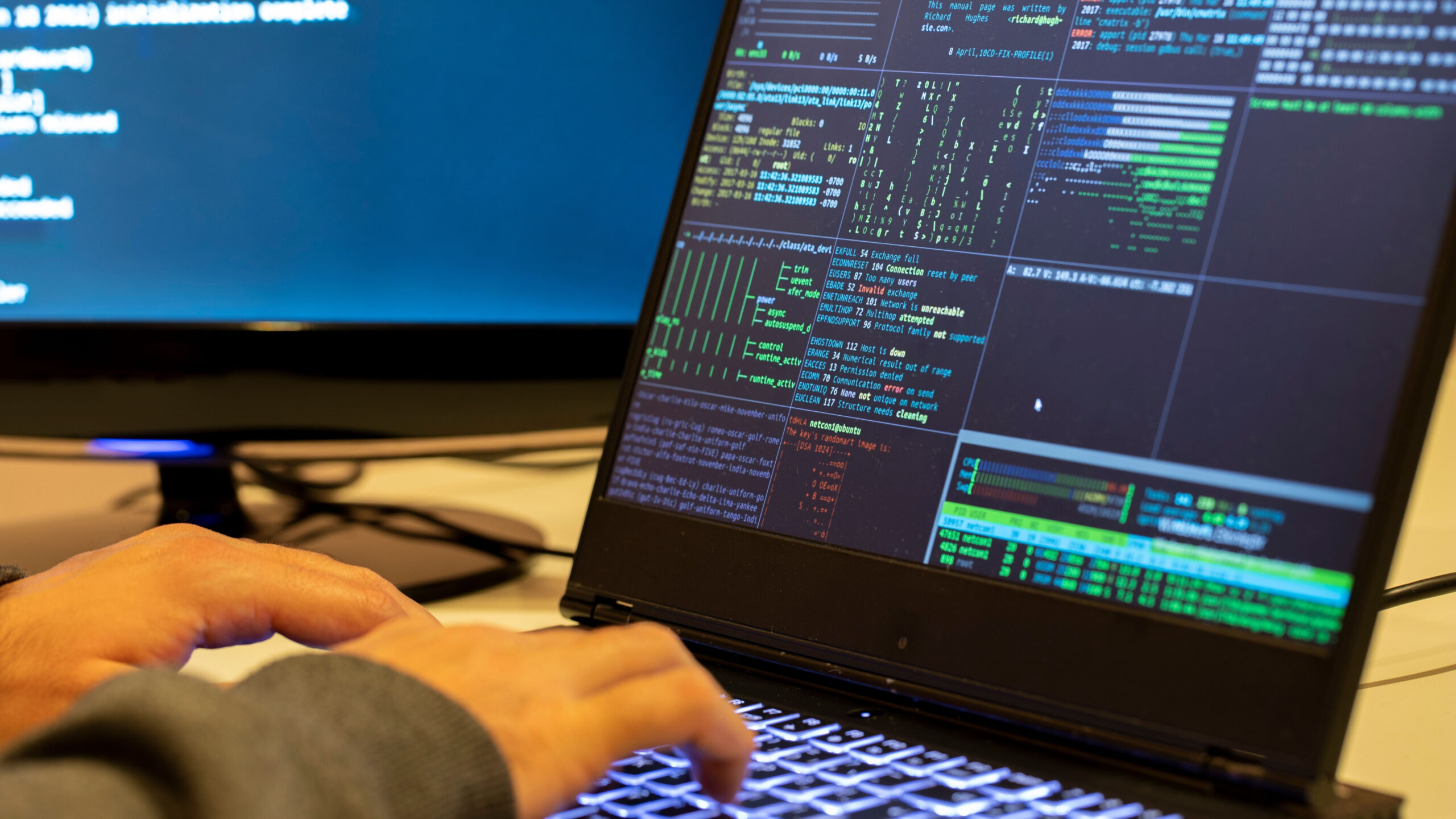OTW’s Tisha Turk On the Past, Present and Future of Fair Use, Digital Storytelling, Vidding and Remix Culture
Back in May, Los Angeles-based startup Vyclone invited mobile users to shoot four-minute multi-angle videos of themselves dancing and lip-syncing to the Canadian artist Kiesza’s infectious pop hit “Hideaway,” and to upload the footage and share it with their friends on their other social media platforms.
Just a few years ago, this invitation from the collaborative social video startup would have been seen as an invitation to infringe upon Kiesza’s copyrights. However, this announcement is a partnership between the artist and the startup, and it’s part of a broader online social media strategy. The Vyclone partnership attempts to integrate the artist’s work and her fans’ enthusiasm into one seamless experience – something that’s already happening on YouTube and elsewhere.
The promotion reflects the dramatically different media and technology landscape going into the second decade of the 21st century, as record labels and artists are finally figuring out how they might monetize the passion of their fans and their desire to reinterpret and share their multimedia opinions of artists’ and other kinds of creators’ work. “Hideaway” was published as a YouTube music video early this February. The counter reports that it’s been played 27.6 million times. Dozens of YouTube remixes with ads run against them, have proliferated.
None of this is accidental: The International Federation of the Phonographic Industry (IFPI), an international trade group that represents the recording industry, said in its 2014 digital music report that YouTube is “the most used music service in the world,” and that monetized user-generated content brings in more revenues than record labels’ official videos on the platform.
All this has developed after at least four decades of what historically had been underground fan activities – underground because these fans weren’t clear on what the legality of their re-interpreted works were.
One sub-genre of this fandom are “vidders,” people who splice portions of their favorite television shows and movie moments together and set them to music. According to an online fan wiki called Fanlore.org, the practice can be dated as least as far back as a 1975 recording of a musical slide show at a Star Trek convention.
Fast forward to today, and “vidding” is just one genre of multiple kinds of fan-generated activity online that mash up popular published works. Much of this activity today is legal in the United States in part because of legal advocacy by several digital rights advocacy organizations, one of which is the grassroots group the Organization for Transformative Works (OTW) founded in May 2007.
The OTW describes itself as “a nonprofit organization run by and for fans to provide access to and preserve the history of fanworks and fan cultures.” The organization serves many functions: It provides free, non-profit archiving for the works of remix creators who can’t find hosting services online elsewhere, conducts legal advocacy for fair use at the Copyright Office and on Capitol Hill, operates an academic journal, and provides resources and guides to visitors who are interested in creating their own vids.
Several representatives of the OTW told the Copyright Office both in 2009 and 2012 during its triennial review of legal exceptions to the 1998 Digital Millennium Copyright Act (DMCA) that they should retain the right to unlock legally-acquired digital media. The purpose: to excerpt high-quality media clips for their non-commercial uses of copyrighted works (unless specified under the classes of activities described in these proceedings, the DMCA criminalizes all other kinds of digital hacks of locks on copyrighted content.)
Tisha Turk, a residential faculty fellow at the University of Minnesota, Morris, and a vidder, was one of the OTW members who testified. She is chair of OTW’s Fan Video & Multimedia Committee. Here, she discusses the past, present and potential future of vidding and remix culture, and the murky status of fair use – at least when it comes to monetized remixes on YouTube. The Q&A has been edited for brevity and clarity.
Q: Could you tell us why you think vidding is important, and its significance?
A: As to why vidding is important, it’s a form of remix that precedes a lot of what is now being called remix. You have this largely women’s art form that often gets ignored when people are writing about remix.
It’s important as an early example of participatory, read/write culture, making something out of culture, not just consuming it. You’re not just watching a TV show, but saying: “I’m going to tell you about what I like about this show,” or “I want to tell you what I didn’t like about this show,” or, “I’m going to give you the best-parts edition of this show,” which of course makes an argument about what are “the best parts.”
So it’s important as audience activity, and creativity, and as a women’s art form. For me as an academic, it’s a form of multi-modal composing. It’s the making of stories and arguments not just with print text, but with audio and video, lots of different media, and this is something we’ve been talking about in academia – how do we teach this as a form of communication?
It’s only relatively recently that ordinary people without access to big editing machines and TV studios can do that kind of composing.
I started vidding back in the early 2000s. Long before I was interested in vids academically, I was vidding as a fan.
Q: What kind of equipment do you use? What did you use when you started, and what do you use now?
A: I used Adobe Premiere. I still use Adobe Premiere. I knew people who used Windows MovieMaker, and people who used iMovie, but several vidders who I admired said that you had to use Adobe Premiere if you’re serious about this. You’ll have the ability to do many different things. I downloaded a free trial copy, made a couple of vids and was hooked. I was a graduate student at the time, so I was able to get a discount from the software shop at the university.
I also use Audition for sound editing and after effects.
Q: Despite all this activity being legal, this still feels like an underground movement. Why is that?
A: Well, I think there are a lot of reasons for that. One is that historically it was an underground movement, mostly because of reasons about copyright.
As recently as 10 years ago, more recent than that, actually, people were saying: “Clearly this is illegal, but we’re going to do it anyway. If they catch us, we’ll be in terrible trouble.” In the VCR days, you’d have to know who to ask to have a tape sent to you. You’d have to know who to talk to at a convention to get the vids.
When you look at Henry Jenkins’ book, Textual Poachers, which is one of the first academic texts on fan studies, the vidders are the only ones who want to only be identified by their initials. They don’t even want their first name to be associated with anything.
Vidding is less underground than it used to be, partly because there are advocacy organizations, like the Organization for Transformative Works and the Electronic Frontier Foundation who have said: “No, this is valuable stuff. Individual vidders don’t necessarily need to have their names attached to vids, but as a community, there’s no need for it to be as secretive as it is.”
Q: Where do vidders hang out?
A: It depends. It used to be LiveJournal, and now there’s a big post-LiveJournal diaspora. You can find a lot of stuff on YouTube, but you have to know how to search for it.
Q: How has YouTube’s implementation of Content ID impacted the vidding community?
A: Now, in contrast to even in 2009, what vidders are looking at is other people monetizing the things that we make. It’s no longer companies saying: “You can’t do that, it’s copyrighted material, we’re going to sue you for some absurd amount of money.”
I think partly because the barn door is open and the horse is gone. I think they realize that this is free advertising. This is the case the fans have been making – that they’re doing this for love, not for profit. They’re promoting their shows.
The problem with that argument, now that the copyright holders have turned around and said: “Hell, we’ll make money off of it.” Now, the problem isn’t that their stuff gets taken down.
This is still something that I think fandom collectively is trying to wrap its head around. For so long, fandom has operated as a gift culture. Money is anathema to how a lot of fans think about fandom. You didn’t pay for a VHS tape of vids other than for the cost of the tape itself. My sense is that that is in the process of changing one way or another.
And how fans are going to navigate those changes is still very much an open question.
Q: So are you saying that this is not a fair exchange because vidders put a lot of work into their pieces, and the company’s taking all the money that’s being made?
A: One possible analogy would be, if I were making a quilt out of various bolts of fabric I purchased, and I cut these pieces, and I piece them together, and add the backing, and I make this lovely quilt, and the people who made the fabrics show up and say: “I want a cut.” Or: “You can’t have the profit, I made the fabric, so hand it over.’
Obviously, it’s not an exact analogy in that yes, this is copyrighted material in the way that fabric is not. Those are not pieces of intellectual property.
But to me, the idea that we can’t do anything with pop culture, and that all we can do is sit there and watch, and say: “Look, isn’t it pretty just the way it is?” Well, sometimes it’s not pretty, and we want to talk about that.
Photo credit: Tanya Rosen-Jones.









